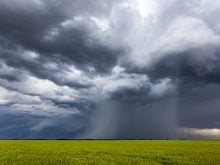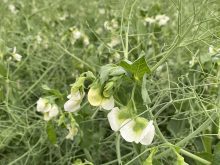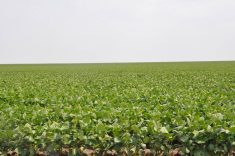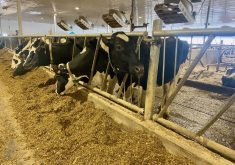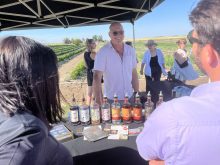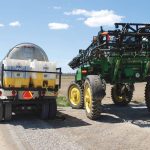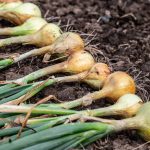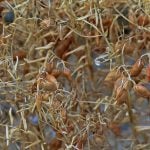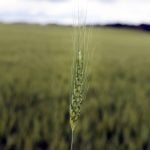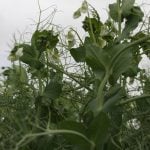Researchers collect buckets of water a year from Canada’s rivers looking for contaminants that could make people and wildlife ill.
Yet few know the work is being done, say researchers gathered at the recent Bow River science forum held at the University of Calgary.
Rob Kent of Environment Canada said 50 percent of Canada’s surface water is rated as poor to fair and the tragedies of Walkerton, Ont., and North Battleford, Sask., where bacterial contamination sickened many, has made water quality everybody’s business.
“It has become a public-right-to-know issue as much as ambient air quality is,” he said.
Read Also
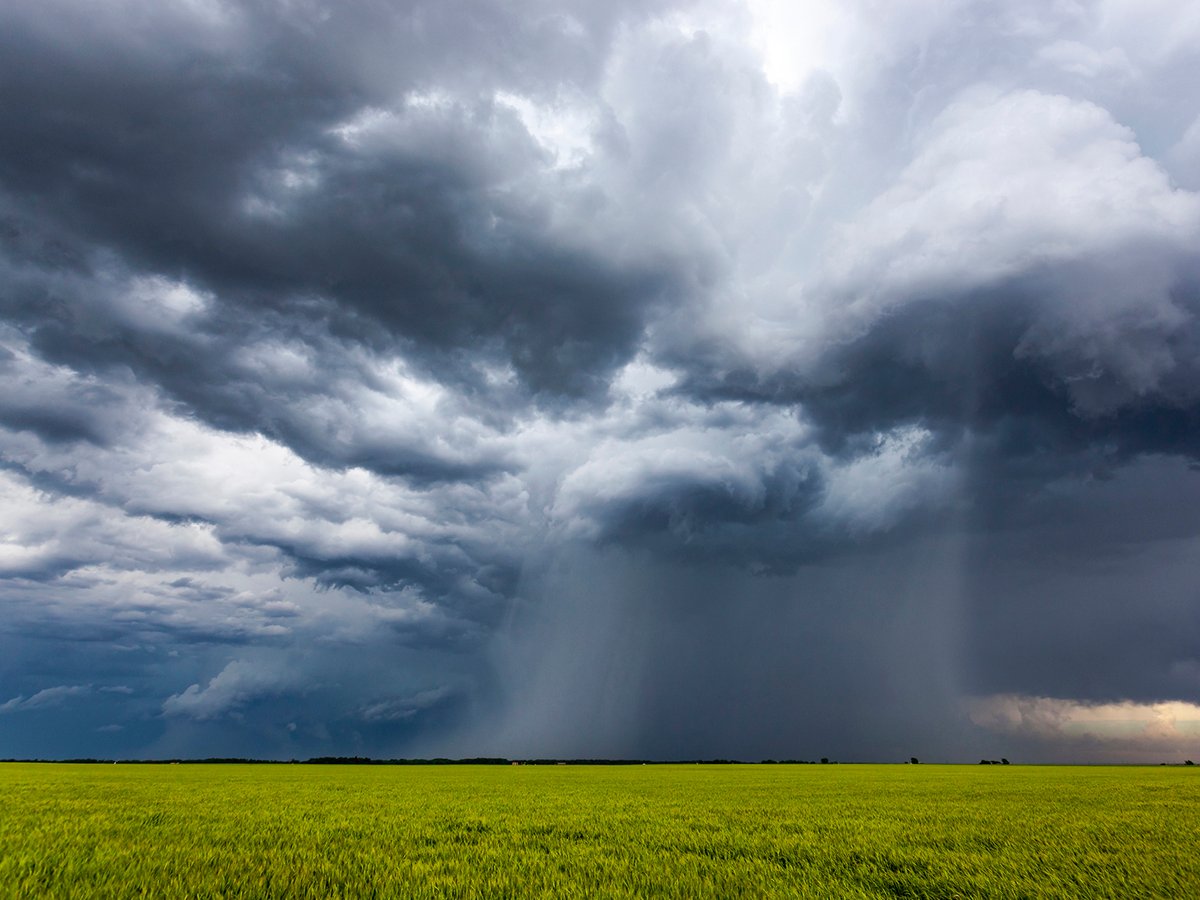
Extreme rain increases as planet warms
In this issue, we are going to wrap up our look at extreme rainfall by examining the different weather patterns that tend to be associated with these rainfall events.
Many private and government organizations analyze water quality and assess aquatic health. If water based plants and animals are functioning well, water quality is probably acceptable.
Kent said planners cannot manage water resources properly if they do not know the quality of water for drinking, irrigating, livestock watering and fish habitat.
Thousands of water monitoring stations are located across the country, staffed by federal and provincial governments and private watershed groups. He said the federal government has 3,000 monitoring stations and could use another 800 to more accurately describe what is happening to the water, especially as climate changes.
Kent, who is part of a national committee overseeing water quality, said national monitoring standards are needed for consistent collection and analysis. The data collected needs to be credible and easy to read.
Garry Scrimgeour, an aquatics ecologist with Parks Canada, said broader public involvement is needed when monitoring water supplies.
“One of the kisses of death for water monitoring programs is to let it consist entirely of scientists,” he said.
“We plan and we plan and nothing happens.”
Using the Canadian Aquatic Biomonitoring Network, Parks Canada rates Alberta water as healthy, impaired or highly impaired at 72 sites from Jasper to Waterton Lakes National Parks. The department measures water chemistry, algae and the health of invertebrates, fish and amphibians. It looks at municipal effluent discharge, including places where sewage treatment upgrades have occurred, and measures quality before and after roads are built in parks.
Working with the federal government, Alberta Environment and watershed groups monitor quality and quantity at 27 sites on provincial rivers, with the most located on the Bow River because of population pressures.
The groups look for 62 pesticides as well as metals, nutrients such as phosphorus and nitrogen, pharmaceuticals, fecal coliforms, bacteria and household cleaners.
They also measure water temperature and dissolved oxygen levels and compare them to the health of aquatic life.
Allocation is a key issue in southern Alberta because the amount of water also affects quality, said Wendell Koning of Alberta Environment.
More people means more waste and more demands for treated, good quality water.
“We can have the best water treatment plants in the world, but if we double the population, you have to double the efficiency of the waste water treatment as well,” he said.
“That is an ongoing challenge that can be met as long as you pay the money. It depends what people want.”
While people may blame agriculture for diminished water quality, Koning said there are often more problems in urban areas. However, Calgary, which is a major water user, has upgraded its sewage treatment plants and removed many of its past problems with nutrient overload, pesticide residues and bacteria.
“Because of upgrades to the water treatment plants, the water quality improved markedly after the upgrades,” he said in an interview.
The level of aquatic weeds on rivers around Calgary is down considerably and it is hoped that with more education, homeowners will decrease pesticide and fertilizer use to further improve water quality.
Farther south, the Oldman River has also shown improvements in downstream water quality even as it passes through some of the highest concentrations of intensive livestock farms in Canada.
“People often look at the feedlots as a major polluter but they are quite strongly regulated and in most cases feedlots don’t contribute directly to the rivers,” Koning said.
However, upland ranges of cow-calf operations may affect water quality if manure runoff is not handled properly.



